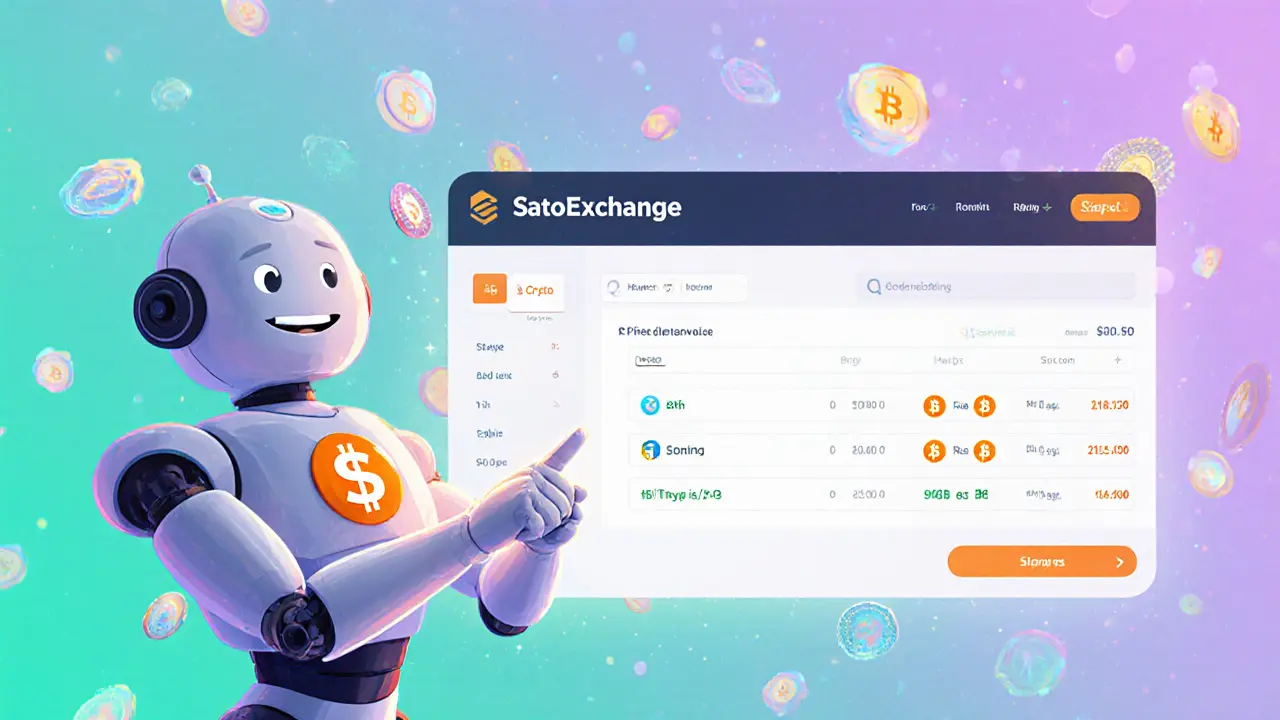Crypto Exchange Fees – What You Need to Know
When dealing with Crypto Exchange Fees, the charges users pay for buying, selling, or moving digital assets on a platform. Also known as trading fees, they directly affect your net profit or loss on each trade. Below we break down the main fee types, how they relate, and why understanding them saves you money.
Key fee components you should know
The first piece of the puzzle is the Maker‑Taker Model, a pricing structure that rewards liquidity providers (makers) with lower fees and charges takers a higher rate for removing liquidity. This model crypto exchange fees often dictate the base rate you see on the price sheet. When you place a limit order that sits on the order book, you become a maker; a market order that hits existing orders makes you a taker. Knowing which side you usually trade on helps you pick an exchange with the best rates for your style.
Another crucial element is Withdrawal Fees, the flat or percentage charge applied when moving crypto out of an exchange to an external wallet. These fees vary wildly between platforms and even between assets. If you ignore them, a seemingly cheap trade can become expensive once you pull your funds. Comparing withdrawal costs alongside trading spreads gives a clearer picture of the total cost of ownership.
Beyond the obvious charges, many platforms hide Hidden Fees, extra costs such as deposit processing fees, inactivity penalties, or premium service surcharges that aren’t listed in the headline fee table. Hidden fees often show up as small deductions in your balance or as higher spreads on less liquid pairs. Spotting them early prevents surprise dips in your earnings, especially when you scale up trading volume.
Fee structures also intersect with Trading Volume Tiers, discount levels that lower maker and taker rates as your monthly trade volume increases. Exchanges use these tiers to attract high‑frequency traders, but the tier thresholds differ. Understanding how volume tiers work lets you estimate future fee reductions and decide whether an exchange’s loyalty program is worth the effort.
Security considerations tie back to fee choices, too. Some exchanges charge higher fees for added insurance or custodial safeguards. While the extra cost might seem unnecessary, it can be a worthwhile trade‑off if you store large sums. In short, the relationship between security features and fee levels is a key factor when evaluating a platform’s overall value.
Regulatory environment adds another layer. Certain jurisdictions impose Compliance Fees, charges related to KYC/AML processing, licensing, or reporting requirements. These fees are usually baked into the trading cost or appear as separate line items. Being aware of compliance fees helps you avoid unexpected expenses when operating in stricter markets.
Finally, the Fee Transparency Score, a metric some reviewers assign based on how clearly an exchange lists all its charges, can guide your decision. A high transparency score means the platform clearly separates maker, taker, withdrawal, and hidden fees, making it easier to calculate real costs.
All these entities—maker‑taker models, withdrawal fees, hidden fees, volume tiers, security premiums, compliance charges, and transparency scores—form a network of factors that shape the total cost of using a crypto exchange. By mapping out how each piece interacts, you can pick a platform that aligns with your trading style and budget.
Below you’ll find a curated list of articles that dive deeper into each of these topics, from detailed exchange reviews to step‑by‑step guides on calculating real trading costs. Use them to sharpen your fee‑analysis skills and make smarter moves in the market.
SatoExchange Review: In‑Depth Look at Fees, Tokens, and User Experience
A concise, up‑to‑date review of SatoExchange covering fees, token details, security, user sentiment and whether it fits beginners or seasoned crypto traders.
